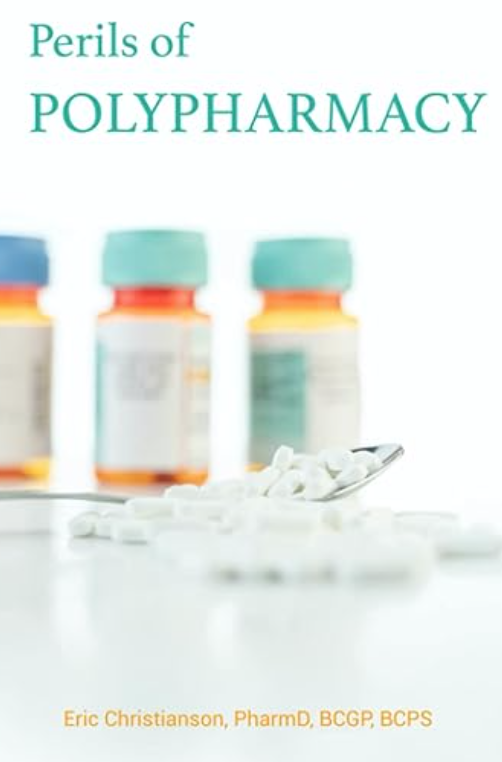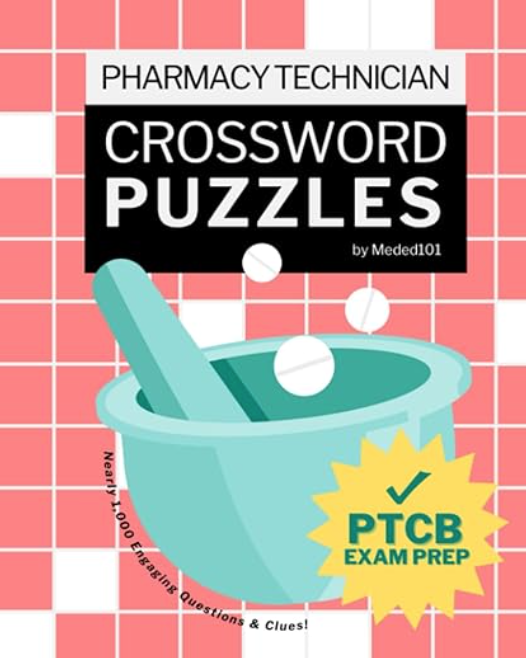Neffy is the brand name for intranasal epinephrine that can be used for type I allergic reactions such as anaphylaxis. In this article, we will highlight some of the differences and similarities between Neffy and Epipen. Neffy was approved for patients who weigh over 30 kg or more by the FDA in August of 2024. Neffy is packaged as a one-time dose containing 2 mg of epinephrine that can be administered by putting the nozzle into the patient’s nose and pushing the plunger to release the medication. It can be given to the patient in any position – sitting, standing, or supine. A second dose of Neffy can be administered if there is no clinical improvement within 5 minutes of the first dose.
Epipen is the brand name for an epinephrine auto-injector for anaphylactic reactions. It was approved by the FDA in 1987. Epipen contains 0.3 mg of epinephrine that can be administered when the patient or someone presses the pen containing a needle into the patient’s thigh. For proper administration, the pen should be held in place for at least 5 seconds (package insert is officially 3 seconds but some resources recommend slightly longer) to ensure all of the medication has been dispensed. Epipen Jr is available with a dose of 0.15 mg of epinephrine. Cost for these two products depends on the insurance status of the patient. On the website, Neffy states patients can pay as little as $25 for the product. ARS, the company that manufactures Neffy, stated on its website that it can cost $199 for people without insurance. The EpiPen website has multiple cost-savings cards that can be used to help reduce the cost of the medication. Without insurance or cost savings assistance, Epipen can cost anywhere from $650 to $750.
A study published in The Journal of Allergy and Clinical Immunology looked at the different pharmacokinetic and pharmacodynamic aspects of Neffy, Epipen, and manual intramuscular administration of epinephrine in healthy adults. Epipen was found to have the highest Cmax (753 pg/mL), followed by Neffy (481 pg/mL). Time to Cmax followed the same order with Epipen being 7.5 minutes, and Neffy being 30 minutes. The absorption of intranasal epinephrine is documented as “under one minute”, while intramuscular administration is absorbed rapidly. This may be due to intranasal epinephrine having to get absorbed by the capillaries in the nasal cavity, compared to intramuscular epinephrine which can start working on beta receptors found in skeletal muscle.
Critical Points – Neffy Versus EpiPen
- When comparing Neffy versus EpiPen, the data suggests that Neffy is comparable and an effective alternative to Epipen
- Having more epinephrine options should allow for competitive pricing and lower costs for patients
- Neffy may be a better option for those who have a fear of needles
- The size of Neffy is smaller than an epinephrine autoinjector; this may make it easier for patients to carry epinephrine for emergency purposes
- Clinicians may still be more comfortable with EpiPen due to years of experience and data
This article was written by Carly McDonald, PharmD Candidate in collaboration with Eric Christianson, PharmD, BCPS, BCGP
- 30 medication mistakes PDF
- 18+ Page Drug Interaction PDF
- 10 Commandments of Polypharmacy Webinar based on my experiences in clinical practice
Popular Amazon Books
References:
Casale, T. B., Ellis, A. K., Nowak-Wegrzyn, A., Kaliner, M., Lowenthal, R., & Tanimoto, S.
(2023). Pharmacokinetics/pharmacodynamics of epinephrine after single and repeat
administration of neffy, EpiPen, and manual intramuscular injection. The Journal of allergy and
clinical immunology, 152(6), 1587–1596. https://doi.org/10.1016/j.jaci.2023.08.007
Epinephrine. IBM Micromedex® Drug Interaction Checking (electronic version). IBM Watson
Health, Greenwood Village, Colorado, USA. Available at: Micromedex – Epinephrine
(accessed: September 9, 2024).
Epipen. Viatris Company. 2024. https://www.epipen.com/en. Accessed September 9, 2024.
Neffy. ARS Pharmaceuticals. 2024.https://www.neffypro.com/#programs-and-resources
Accessed September 9, 2024.









Thank you for submitting this article. One question, the authors claim Epi Pen should be help in place for 5 seconds. However, the labeling indates 3 seconds. Please clarify.
Link – https://www.epipen.com/en
Hey Tim, thanks for the question! We agree with you on the 3 seconds in general. There is a lot of sources out there, including previous Epipen package inserts, that recommend holding for a various amount of time ranging from 3 to 10 seconds (older package inserts). There are no safety concerns for holding the pen against the skin for a longer amount of time, However not holding the pen against the skin for long enough can lead to insufficient administration. In an emergency situation, patients or caregivers might count a little quicker so we think 5 is reasonable but agree with you that 3 seconds is what the official recommendation is.
Thank you Eric – I really enjoy these informative articles! Regarding longer needle hold time – I don’t disagree – patients are probably counting very quickly! I think this article is an example of why MFRs seem to be leaning toward shorter hold times. Just wanted to pass along.
Lacerations and Embedded Needles Causedby Epinephrine Autoinjector Use in Children. AnnEmergMed. 2016;67:307-315 https://pubmed.ncbi.nlm.nih.gov/26452720/